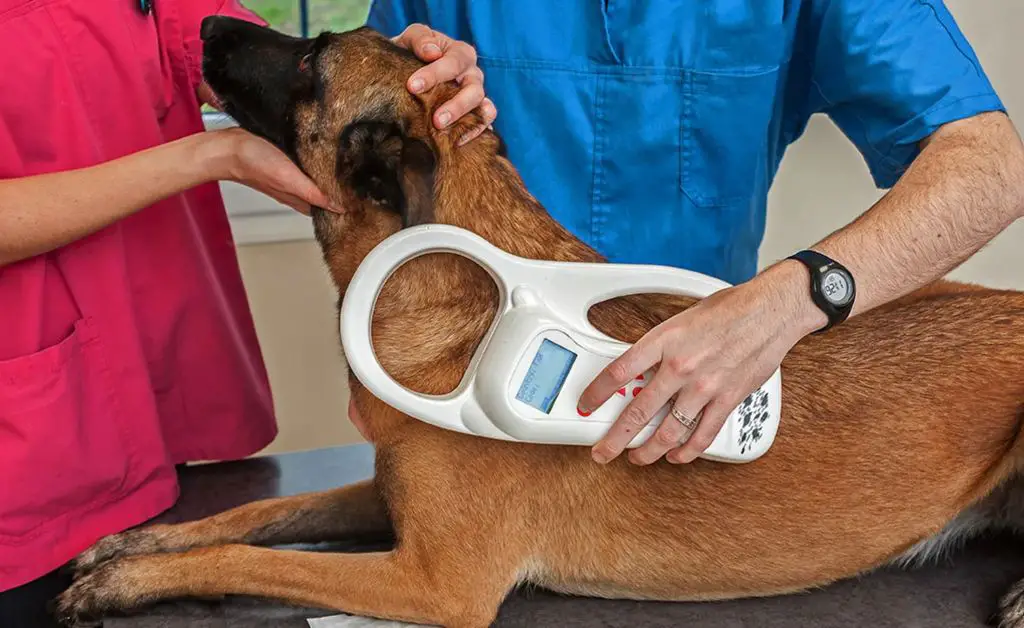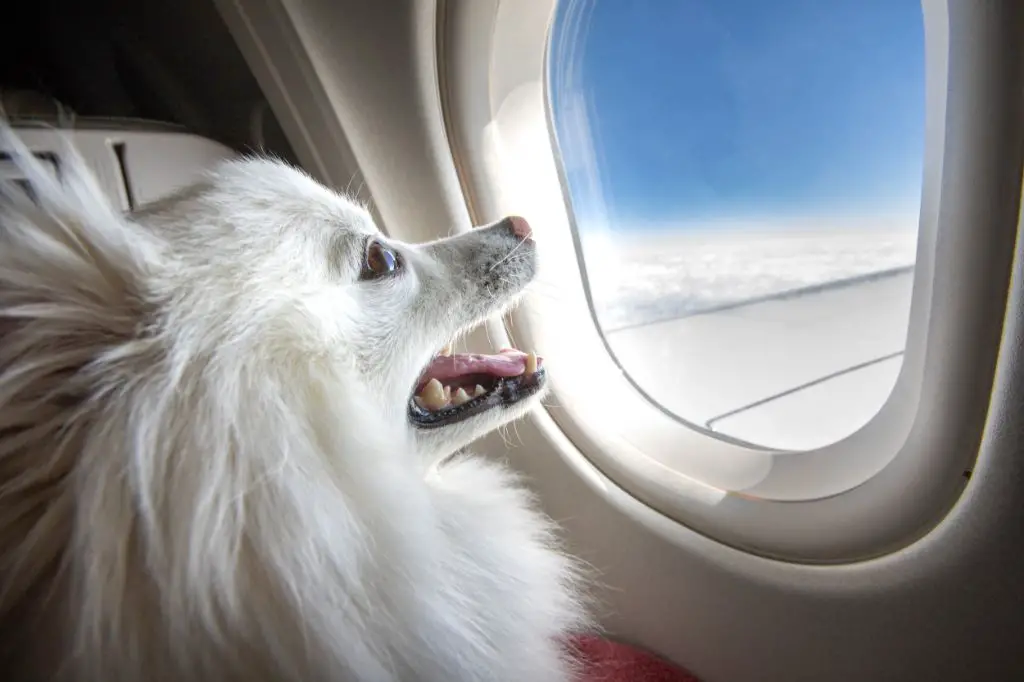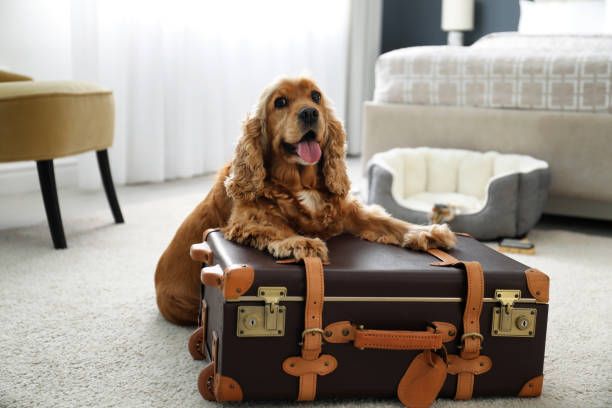Introduction
Italy is one of the most popular European destinations for American travelers. With its breathtaking scenery, historic sites, and incredible food, it’s no wonder Italy draws over 5 million American visitors every year. An increasing number of these visitors are wanting to bring their furry canine companions along for the journey.
Traveling internationally with dogs can seem daunting, but with the proper preparation it can be done smoothly. This article will provide American dog owners an overview of the rules and logistics of bringing dogs to Italy. We’ll cover requirements for entry, transportation options, dog-friendly accommodations, places you can take dogs, and tips from other Americans who have navigated vacationing in Italy with their pups.
Rules for entering Italy with a dog
Bringing your dog to Italy is possible if you follow the required rules. The main requirements are that your dog must be microchipped, vaccinated for rabies, and have an EU Pet Passport. Here are the basic steps you need to take before traveling to Italy with your dog:

– Get your dog microchipped. All dogs entering Italy must have an ISO-compliant 15-digit microchip implanted. This provides permanent ID for your pet.
– Vaccinate your dog for rabies. Your dog must be vaccinated for rabies at least 21 days prior to travel. The vaccination must be kept up-to-date for the duration of your stay.
– Obtain an EU Pet Passport. This passport proves your dog has been vaccinated and contains important health information. Get this from your vet prior to travel.
– Have your vet complete the passport. Your vet must fill out details about the rabies vaccination date and microchip information.
– Bring the pet passport when traveling. When going through customs, officials will check your dog’s microchip against the passport. Both are required for entry.
As long as you complete these steps, your dog can enter Italy without quarantine. Just be sure to keep vaccinations current and bring the passport during your stay. With proper preparation, you and your dog are ready for an Italian vacation!
Traveling in Italy by plane with a dog
When flying to Italy with your dog, there are some important rules and restrictions to be aware of. Your dog must travel in a regulated airline crate that abides by specific size and design standards. Airlines have weight limits for the dog and crate combined, usually 20-40 lbs in cabin and up to 100 lbs in cargo. You’ll need to provide current rabies vaccine records and other documents like an EU Pet Passport and microchip proof. Advance airline notification and fees are also required.

Airline dog crates must allow the animal to stand, turn around, and lie down comfortably. Hard-sided plastic or fiberglass crates are required, with proper ventilation and leak-proof bottoms. Soft-sided carriers and wire crates are not permitted. Measure your seated dog and get the right size crate before booking flights.
Each airline has different weight restrictions for dogs in cabin or as cargo. Expect fees of $100-300 each way. Some airlines may limit the number of pet bookings per flight. Book early and reconfirm all pet policies with your airline before departure as rules frequently change.
In terms of paperwork, you’ll need a signed EU Pet Passport from a veterinarian affirming vaccines and treatments. A kennel cough vaccine may be required within 120 days of travel too. Have your vet microchip your dog and bring the registration papers. Print out the damily’s contact info and tape it securely inside the crate. Obtain any transit permits required by countries you have stopovers in.
With preparation and proper documentation, traveling by plane with your dog to Italy can be smooth. Just be sure to follow all airline and country rules closely.
Traveling in Italy by car/train with a dog
Taking your dog on a road trip through Italy or riding the rails can be a fun way to explore the country together. Here’s what you need to know about bringing your pup by car or train:
If you are driving from another EU country into Italy, your dog just needs a pet passport showing current rabies vaccination and microchip identification. Be sure to have your dog’s passport and vaccination records on hand when crossing the border. If traveling from a non-EU country, check the import regulations and any pre-entry health certificates needed.
On Italian trains, small dogs in carriers can usually travel with you in the passenger cabin for free. Larger dogs normally travel in designated pet carriages or a special luggage van. Advanced reservations are required and fees apply. Leashes must be used when boarding and exiting the train. Some regional trains may have stricter pet rules, so check ahead of time with the rail operator.
Italy has strict laws requiring dogs be leashed and under control at all times, including when entering and exiting trains or at rest areas. Fines can be issued for noncompliance. Plan bathroom breaks for your dog accordingly. Also bring along collapsible water bowls and food for long train rides.
While driving, never leave your dog unattended in a parked car, as temperatures inside can rise quickly. Research pet-friendly lodging ahead of time if you plan to stay overnight.
With a little planning, driving or catching the train with your dog can be a memorable Italian adventure!
Accommodations in Italy that allow dogs
When looking for accommodations in Italy that allow dogs, you’ll find that most hotels, Airbnbs, vacation rentals, and B&Bs are pet-friendly. However, policies and restrictions vary, so it’s important to check each place’s rules before booking.

Many hotels, especially smaller family-run ones, will allow small dogs to stay for free or a nominal nightly fee. Expect fees ranging from 10-25 euros per dog per night. Some pet-friendly hotels have size and weight limits, only allowing dogs under 10-15 kg. Others restrict pets to certain rooms or floors. Hotels typically require dogs to be leashed in public areas and not left unattended in rooms.
Airbnb and vacation rental owners commonly accept dogs too. Around 60-70% of listings on Airbnb are marked as pet-friendly. Policies are set by individual owners though, so look for details on pet deposits, extra cleaning fees, size limits, and the number of dogs allowed. Expect fees around 20-40 euros per pet per stay.
B&Bs and agriturismos (farm stay accommodations) in more rural areas also tend to welcome dogs, especially smaller ones. These family-run establishments may allow pets in common areas and grounds, not just guest rooms. Reconfirm policies before arriving.
In summary, Italy offers many lodging options for travelers with dogs. Be sure to communicate clearly and check all pet policies when booking. Expect some restrictions and fees in hotels and vacation rentals.
Public areas, parks, restaurants with dogs
When bringing your dog to public spaces in Italy, there are some general rules and etiquette to keep in mind. Unlike in some countries, dogs are welcome in many public areas in Italy as long as they are well-behaved.
In most public parks, dogs are allowed to walk off-leash as long as they are under voice control. Owners should carry a leash with them in case needed. Dogs are generally allowed in outdoor dining areas of restaurants, but it is best to check with the establishment first. Most stores will allow small dogs, but larger dogs may not be permitted. Dogs should not enter grocery stores, food shops, or other places serving food.
It’s important to be respectful of others when in public areas. Dogs should be kept on a short leash when walking crowded streets or near children. Excessive barking or misbehaving dogs can result in removal from parks or restaurants. Dog waste must be cleaned up immediately. Overall, Italians love dogs and they are frequent sights in public spaces!
Popular destinations to visit with dogs

Italy has many exciting destinations that are dog-friendly for visitors traveling with their furry companions. Here are some of the top places to consider:
Rome – Italy’s capital is very welcoming to dogs. Pups are allowed on buses, metros, and trains and welcomed in city parks like Villa Borghese. Stroll with your dog by ancient sites like the Colosseum or Trevi Fountain. Stop for a dog-friendly meal at cafes in the Campo de’ Fiori.
Milan – This fashion capital has green areas like Parco Sempione and Giardini Pubblici Indro Montanelli that allow dogs. Boutique pet hotels and dog-friendly restaurants make it easy to travel here with a pet.
Florence – Walk along the Arno River and explore Piazzas like Santa Croce and Signoria. Le Cinque Vie is a charming dog-friendly restaurant. Shop for leather dog collars in the artisan markets.
Lake Como – Rent a villa with your dog and explore charming lakeside towns like Bellagio, Varenna, and Menaggio which have pedestrian areas perfect for strolling with pets. Many ferries allow dogs too.
Amalfi Coast – Hike with your dog on trails like the Path of the Gods for amazing sea views. Enjoy an al fresco meal by the water in Positano or Amalfi.
Wherever you go in Italy, la dolce vita can be enjoyed with dogs as loyal travel companions by your side.
Tips for traveling in Italy with dogs
When traveling to Italy with your dog, it’s important to be prepared and make your dog as comfortable as possible. Here are some tips:
Bring proper supplies. Pack your dog’s bedding, food and water bowls, their regular food, leash and collar, poop bags, treats, and any medications they may need. Having familiar items will help ease the transition.
Manage summer heat. If traveling in summer, take precautions against the heat. Walk early in the morning and late evenings when it’s cooler. Make sure your dog has access to shade and plenty of water. Consider bringing a collapsible travel water bowl and doggy cooling mat.
Research dog-friendly sites. Look into Italy’s many archaeological sites, museums, churches, shops and restaurants that allow dogs before you go. Sites like The Roman Forum often allow dogs.
Use a dog carrier. Have a dog carrier on hand for public transportation, restaurants or crowded sites that restrict loose dogs. Just be sure your dog is comfortable with it.
Consider dog walkers. Hire a dog walker or sitter for times you’ll be occupied and unable to bring your dog with you.
Respect local rules. Always keep your dog on a leash in public areas and clean up after them. Make sure they are comfortable around strangers and other dogs to avoid any incidents.
Alternative dog care while traveling
While bringing your dog to Italy can be an amazing experience, some situations may require alternative dog care arrangements. If you’ll be busy with activities where your dog can’t join, need to leave your dog alone during the day, or run into any complications, consider these options for ensuring your dog is happy and well cared for:
Dog sitters/walkers: Hiring a dog sitter or dog walker to check on your dog, take them for walks, and provide companionship is a great alternative. Sites like Rover or DogBuddy connect you with local independent sitters and walkers. Discuss your expectations beforehand.
Dog daycare/boarding facilities: Many cities have daycare facilities where your dog can play with other dogs and enjoy care and attention while you’re away. There are also boarding kennels/facilities where your dog can stay overnight and be monitored 24/7 by staff.
Friends or family: If you have trusted friends or family in the area you’re visiting, they may be willing to host your dog. This provides your dog a comfortable home environment while you travel.
Choosing the right alternative care option will ensure your dog is happy and safe during any time you can’t be together in Italy. With planning and preparation, you and your dog can both enjoy your Italian adventure!
Conclusion
In summary, traveling to Italy with your dog can be a wonderful experience if you plan ahead and take the proper precautions. Be sure to have the correct pet passport and health documentation before departing. Research airline and accommodation policies on pets, as some may have restrictions. There are plenty of dog-friendly cities, parks and restaurants to explore once in Italy. Consider hiring a pet sitter if you’ll be busy sightseeing. Most importantly, take care to keep your dog safe, healthy and happy throughout your Italian vacation.
We hope this guide provided helpful information to make your trip to Italy with your furry friend an adventure to remember. Let us know if you have any other tips or experiences traveling in Italy with dogs that could assist other pet owners!